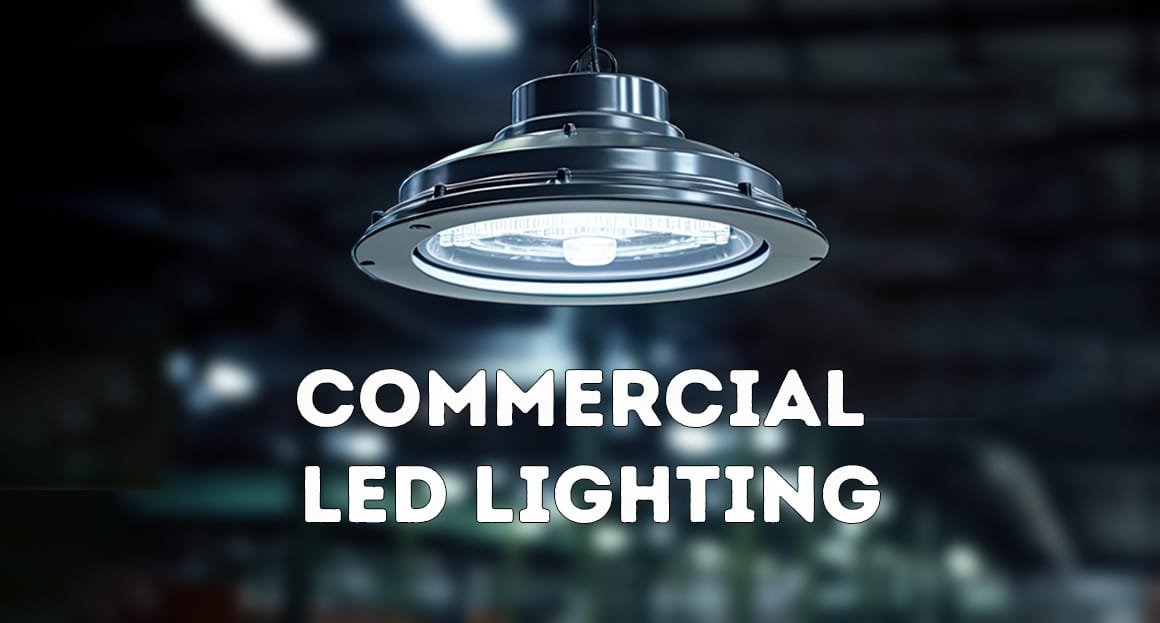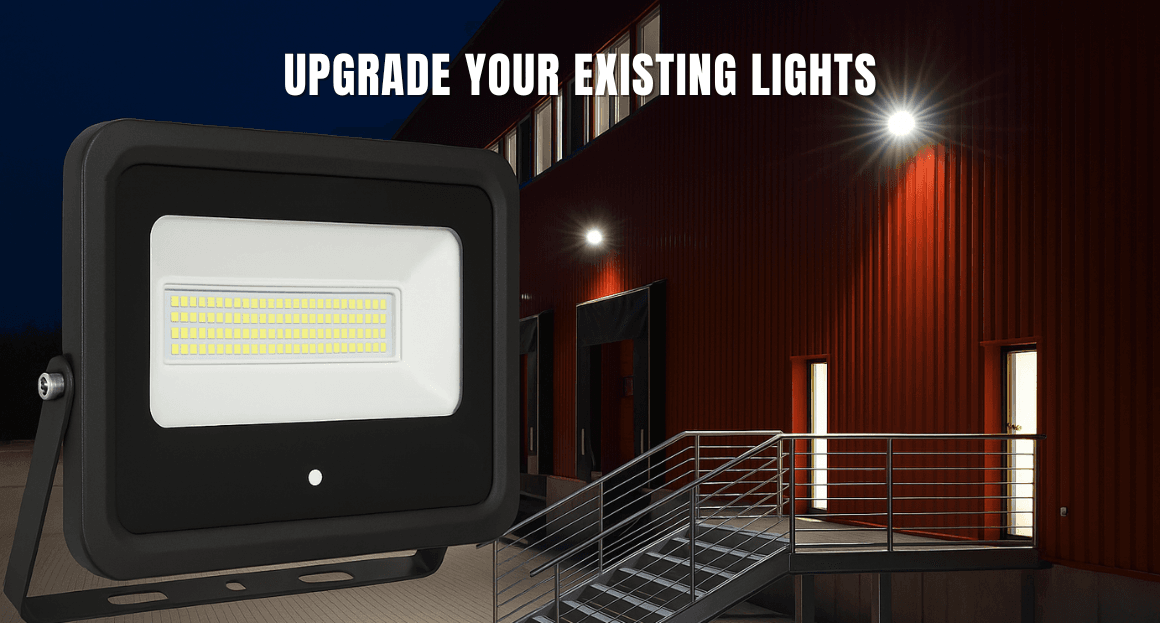
 Lighting
Lighting 
How do LEDs work?
- Lens: The lens is vital in focusing light into a beam directed at a specific target. Without the lens, they scatter light in all directions, making them less effective.
- LED Chips: When an electric current is applied, the chip emits light. These devices are semiconductor diodes that produce various colours depending on their composition. The intensity of the emitted light is directly proportional to the current flowing through the chip.
- Heat Sink: This dissipates heat and helps cool the LED lighting. It is usually made from metal or other heat-conducting materials and keeps the LED lighting at a safe operating temperature.
- A circuit board also called a PCB (Printed Control Board), is a thin plate used to connect various electrical components, such as diodes, capacitors, and resistors.
- Housing: Housing is the outer shell that keeps all other materials together and shields the light.
The Process of Luminescence
Benefits of LEDs
- Efficiency: LEDs have many advantages over conventional incandescent lamps but their main advantage is energy efficiency. They convert electrical energy directly into light, avoiding generation of a lot of heat which is completely wasted energy. For spaces which require lights on for extended periods, Commercial LED lighting provides substantial energy cost savings. Making the switch can result in 90% improved efficiency.
- Longer life span: They can last five times longer than a compact fluorescent lamp and up to 30 times longer than an incandescent bulb. Depending on the quality of the fixture, commercial LEDs have a lifespan of 30000-50000 hours or longer. They don’t fail or “burn-out”; they merely dim over time. The longer operational life of Commercial LEDs reduces the labour costs of replacing bulbs in commercial establishments and achieves a lower maintenance system.
- Reduced environmental impact: They offer the advantages of longer lifetimes and lower power consumption without the downside of toxic mercury. Mercury will contaminate the environment when disposed of in a landfill. Only 5% of the energy supplied is wasted as heat, which draws less power. Less energy use decreases greenhouse gas emissions by reducing the demand for power plants.
- Cost-effectiveness: The prices for LED lighting have come down in recent years. Though they cost more than other options, their longer life spans and lower power usage makes up for the higher barrier of entry. Commercial LED lighting has targeted light distribution, and fewer lights are needed to achieve the same level of brightness offered by incandescent and fluorescent lights.
- Diversity and design flexibility: They are small and there are countless ways to use Commercial LED lighting to enhance almost any environment. They work extremely well in small devices as well as larger space arenas. With a wide range of availability in various shapes and finishes, they seamlessly integrate with contemporary elements and provide a modern touch to any space. Designers can explore multi-layered lighting setups and incorporate different colours with LED lighting.
Different Applications of LEDs
Government Rebates and Incentives
Conclusion
LEDs have come a long way since their initial use in digital clock displays. In the 2000s, the old standard Cathode Ray Tube (CRT) televisions were replaced by high definition Liquid Crystal Display (LCD) televisions. Though LCDs were thinner and lighter than the rear-projection sets, they still weighed heavier because they used cathode fluorescent tubes for light projection. LEDs solved both these problems and revolutionised the market. Have you ever seen a barely inch-thick flat TV? They are technically LED-backlit televisions. Organic Light Emitting Diodes (OLEDs) are newer, smaller LED screens that create bendable light and displays. LEDs are constantly evolving to include various applications and uses across different industries and products. They have become a part of our everyday existence due to their advanced uses in multiple products and appliances.
Upgrade to LED lighting systems today and benefit from financial savings and reduced environmental impact by using the various rebate programs and incentives the Australian government offers. By choosing sustainable products, you are not just upgrading to advanced lighting technology but also fostering a greener future!
Frequently Asked Questions
Other Related Blog

 Solar
Solar Every week, we talk to homeowners and small business owners across Victoria who say the exact same thing: “It’s too expensive right now.” “We rent; our

 Lighting
Lighting The lights stay on, work continues, customers still walk through your doors, but behind the scenes, your electricity bill climbs year by year, your carbon footp

 Lighting
Lighting When it comes to upgrading your commercial lighting, finding a reliable and professional partner makes all the difference. At Eco Foot, we specialise in commerc

 Lighting
Lighting Go Greener at Work! Start with the lights — the simplest step toward cutting costs and carbon. For businesses in Victoria, an LED lighting upgrade offers a cl

 VEU Updates
VEU Updates What can you do for Victoria? Simple: Upgrade old, inefficient systems in your home and business So what’s in it for you? Generous rebates that make

 Air Cons
Air Cons What if lighting didn’t just save you money… but actually earned it back for you? Welcome to the world of commercial LED lighting with rebates, and in parti



